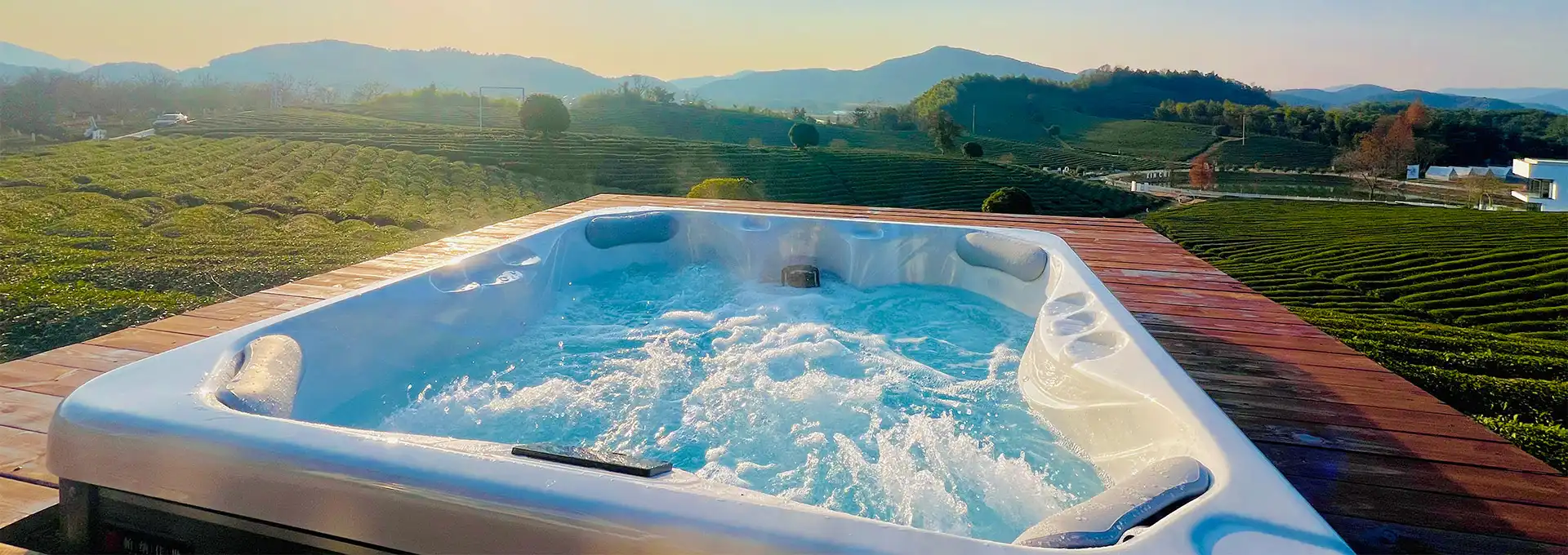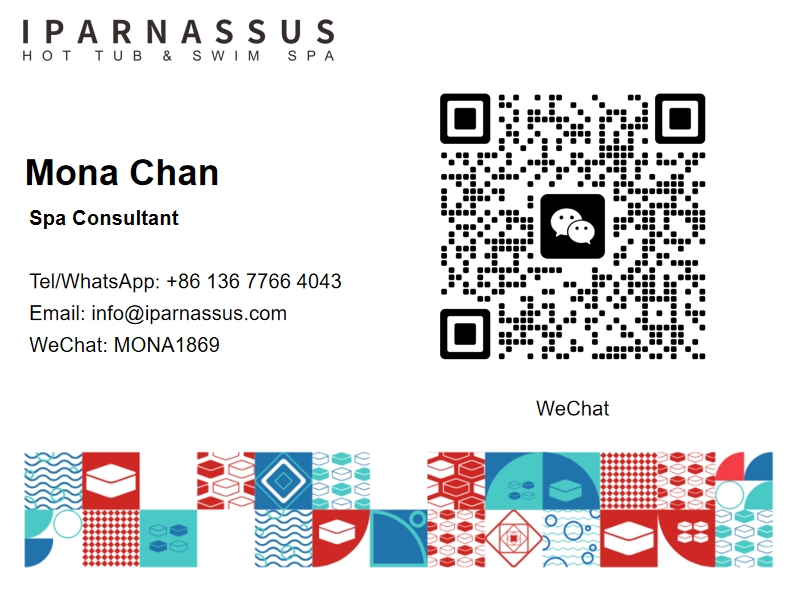How to change hot tub filter?
2025-07-04 17:59:00
Maintaining crystal-clear water in your hot tub requires regular filter maintenance, and knowing how to properly change your hot tub filter is essential for optimal performance. A clean filter ensures your hot tub water stays sanitized, free from debris, and provides the relaxing experience you deserve. Regular filter replacement not only extends your hot tub's lifespan but also maintains efficient water circulation and prevents costly repairs. This comprehensive guide will walk you through everything you need to know about changing your hot tub filter, from identifying the right replacement to proper installation techniques.
How Often Should You Change Your Hot Tub Filter?
Understanding Filter Replacement Frequency
The frequency of hot tub filter changes depends on several factors including usage patterns, bather load, and environmental conditions. Generally, hot tub filters should be replaced every 12-18 months with regular cleaning every 2-4 weeks. Heavy usage hot tubs may require more frequent filter changes, while occasional-use spas can extend replacement intervals. Your hot tub's water quality, chemical balance, and filtration system efficiency all influence how often filters need replacement. Monitoring water clarity and flow rate helps determine optimal replacement timing for your specific hot tub situation.
Signs Your Hot Tub Filter Needs Replacement
Several indicators signal when your hot tub filter requires immediate replacement rather than simple cleaning. Visible wear, frayed fabric, or damaged pleats indicate the filter can no longer effectively trap contaminants. Reduced water flow, cloudy water despite proper chemical balance, or difficulty maintaining sanitizer levels suggest filter deterioration. Additionally, if your hot tub filter develops a persistent odor, shows discoloration that cleaning cannot remove, or has reached its recommended lifespan, replacement becomes necessary for optimal hot tub performance and water quality maintenance.
Factors Affecting Filter Lifespan
Multiple variables impact how long your hot tub filter will effectively function before requiring replacement. Water chemistry imbalances, particularly high pH or alkalinity levels, can accelerate filter degradation and reduce lifespan. The number of bathers, frequency of use, and presence of lotions, oils, or other contaminants significantly affect filter longevity. Environmental factors like pollen, dust, or nearby construction can introduce additional debris that clogs filters faster. Proper hot tub maintenance, including regular cleaning and balanced water chemistry, maximizes filter lifespan and ensures consistent water quality throughout your spa's operational life.
What Type of Filter Does My Hot Tub Need?
Identifying Your Hot Tub Filter Size and Type
Hot tub filters come in various sizes, configurations, and materials designed for specific spa models and filtration systems. Measuring your current filter's dimensions, including height, diameter, and thread size, ensures proper replacement selection. Most hot tub filters feature pleated polyester or paper construction with varying square footage of filtration surface area. Some spas use cartridge filters, while others employ sand or diatomaceous earth systems. Consulting your hot tub manual or contacting the manufacturer helps identify the exact filter specifications required for optimal performance and compatibility with your specific spa model.
Comparing Filter Materials and Efficiency
Different hot tub filter materials offer varying levels of filtration efficiency, durability, and maintenance requirements. Polyester filters provide excellent debris removal and chemical resistance, making them ideal for most residential hot tub applications. Paper filters offer superior fine particle filtration but require more frequent replacement due to reduced durability. Reusable filters can be cleaned and reinstalled multiple times, offering cost savings over disposable options. Understanding your hot tub's specific filtration needs, including particle size removal requirements and chemical compatibility, helps select the most appropriate filter material for your spa's operating conditions and maintenance preferences.
OEM vs. Aftermarket Hot Tub Filters
Choosing between original equipment manufacturer (OEM) and aftermarket hot tub filters involves considering quality, cost, and compatibility factors. OEM filters guarantee perfect fit and performance specifications designed specifically for your hot tub model. Aftermarket filters often provide cost savings while maintaining adequate filtration performance for most applications. Quality aftermarket filters can match or exceed OEM specifications while offering additional features like antimicrobial treatments or extended service life. Regardless of choice, ensuring proper dimensions, thread compatibility, and filtration efficiency ratings match your hot tub's requirements maintains optimal water quality and system performance.
How Do You Install a New Hot Tub Filter?
Preparing Your Hot Tub for Filter Installation
Proper preparation ensures safe and effective hot tub filter installation while maintaining optimal water quality. Begin by turning off your hot tub's power and allowing the water to settle for several minutes. Remove the filter housing cover or access panel, typically located near the spa's edge or in the equipment area. Drain water levels if necessary to prevent spillage during filter removal. Clean the filter housing area of debris, scale, or biofilm buildup that could contaminate the new filter. Having replacement filters, cleaning supplies, and tools readily available streamlines the installation process and minimizes hot tub downtime.
Step-by-Step Filter Installation Process
Installing your new hot tub filter requires careful attention to threading, sealing, and positioning for optimal performance. Remove the old filter by unscrewing counterclockwise, noting the threading direction and any gaskets or seals. Inspect the filter housing for damage, cracks, or wear that could affect new filter performance. Install the new filter by threading clockwise until snug, avoiding over-tightening that could damage threads or seals. Ensure proper gasket placement and alignment to prevent leaks or bypass flow. Replace the housing cover, restore power, and monitor initial operation to verify proper installation and water flow through your hot tub system.
Post-Installation Testing and Maintenance
After installing your new hot tub filter, thorough testing ensures proper function and identifies any installation issues. Start your hot tub's circulation system and observe water flow, checking for leaks around the filter housing or unusual noises indicating improper installation. Monitor water clarity and filtration efficiency over the first few days of operation. Establish a regular cleaning schedule, typically every 2-4 weeks, depending on usage patterns and water conditions. Document installation dates and maintenance activities to track filter performance and plan future replacements. Proper post-installation care maximizes your hot tub filter's effectiveness and extends its operational lifespan.
Conclusion
Changing your hot tub filter is a straightforward yet crucial maintenance task that ensures clean, healthy water and optimal spa performance. By understanding replacement frequency, selecting appropriate filter types, and following proper installation procedures, you can maintain your hot tub's efficiency and extend its lifespan. Regular filter maintenance not only improves water quality but also prevents costly repairs and ensures countless hours of relaxation in your spa.
Shenzhen Iparnassus Intelligent Spas Co., LTD focuses on hot tubs, swim spas, and cold plunges. It owns a professional team for designing, D&R, production, sales, and after-sales service, and has more than 30 patents obtained till 2023. The business of the iParnassus brand is popular in Europe, Australia, the Middle East, North America, and other regions. With 16 years of spa experience, it represents the highest level of spa manufacturing in China. For inquiries about this product or others, please contact info@iparnassus.com for dedicated service.
References
1. Johnson, M. (2023). "Hot Tub Maintenance and Water Quality Management." Spa Industry Technical Journal, 15(3), 45-52.
2. Smith, R. & Davis, L. (2022). "Filtration Systems in Residential Spas: Performance Analysis and Maintenance Guidelines." Pool & Spa Engineering Quarterly, 28(4), 112-125.
3. Williams, K. (2023). "Comparative Study of Hot Tub Filter Materials and Longevity." Water Treatment Technology Review, 11(2), 78-89.
4. Thompson, A. (2022). "Preventive Maintenance Strategies for Hot Tub Systems." Recreational Water Facilities Manual, 7th Edition, 234-251.
5. Brown, S. (2023). "Chemical Balance and Filter Efficiency in Hot Tub Water Systems." Aquatic Facility Management, 19(1), 67-74.
6. Garcia, J. & Lee, P. (2022). "Installation and Replacement Procedures for Spa Filtration Components." Technical Service Handbook for Hot Tub Professionals, 3rd Edition, 156-1



